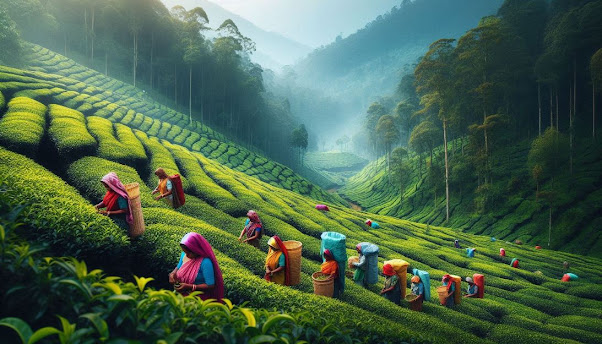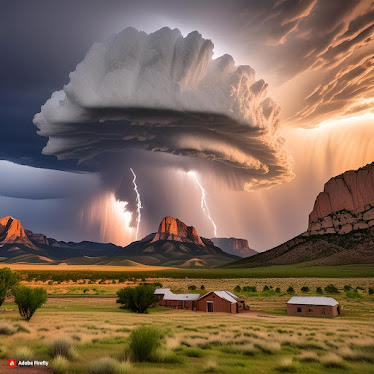1- Ancient Mathematics Marvels:
Ancient Indians made significant
contributions to mathematics. The concept of zero and the decimal system
originated in India, laying the foundation for advanced mathematical
calculations.
2- Indus Valley Civilization:
The Indus Valley Civilization, one
of the world's oldest urban cultures, thrived around 3300–1300 BCE. Cities like
Mohenjo-Daro and Harappa showcased advanced urban planning and a sophisticated
drainage system.
3- The Maurya Empire's Grandeur:
Under the rule of Emperor Ashoka
(268–232 BCE), the Maurya Empire flourished. Known for promoting Buddhism and
his rock edicts, Ashoka played a crucial role in spreading the teachings of
Buddha.
4- Golden Age of Gupta Empire:
The Gupta Empire (4th to 6th
century CE) is often referred to as India's Golden Age. It witnessed remarkable
achievements in science, art, literature, and philosophy, with scholars like
Aryabhata making significant strides in astronomy.
5- Vivid Mughal Architecture:
The Mughal Empire (16th to 19th
century) left an indelible mark on Indian architecture. The Taj Mahal, built by
Emperor Shah Jahan in memory of his wife Mumtaz Mahal, stands as a breathtaking
example of Mughal craftsmanship.
6- East India Company's Influence:
The British East India Company
played a pivotal role in shaping Indian history. Initially arriving for trade,
the company gradually expanded its control, eventually leading to British
colonial rule in India.
7- Indian Independence Struggle:
The 20th century saw a surge in
movements for Indian independence. Mahatma Gandhi's non-violent resistance and
civil disobedience played a crucial role, leading to India gaining independence
in 1947.
8- Partition and Independence:
The partition of India in 1947
resulted in the creation of two independent nations, India and Pakistan. The
communal violence during the partition led to significant human suffering and
migration.
9- Emergency Period (1975-1977):
India experienced a period of
internal emergency from 1975 to 1977, during which civil liberties were
suspended. It marked a controversial phase in Indian political history under
the leadership of Prime Minister Indira Gandhi.
10- Economic Liberalization in the 1990s:
In the 1990s, India embarked on a
path of economic liberalization, dismantling the License Raj and opening up its
economy. This shift had a transformative impact on India's economic landscape,
fostering growth and global integration.














